Navigation
A Jon Line is an absolute must for divers decompressing in high current areas but who don't have the option of doing a drifting deco. A Jon Line is attached to the diver and then clipped to a shot line so the diver needn't spend any energy holding onto the shot/anchor line themselves. Plus a Jon line enables more divers to be at same depth on the shot/anchor line without crowding each other.
There's no point in trying to go against the flow. A reef hook lets you attach yourself to a reef or other structure in a current and stay in the same place without exertion. It leaves your hands free for underwater photography and videos.
We have some great Jon lines and reef hooks for scuba diving available from The Scuba Doctor dive shop.
Ramsden Cave
![]() Shore Dive |
Shore Dive | ![]() Shore access
Shore access
![]()
![]()
![]()
![]()
![]()
Depth: 1 m (3.28 ft) to 10 m (33 ft)
Level: Advanced Open Water and beyond.
Ramsden Cave (aka Sea Cave and Ramsdens Cave) goes into the cliffs of Cape Patton, about 25 km north-east from Apollo Bay and 20 km south-west from Lorne on the Otway Coast. The entrance to Ramsden Cave is at the bottom of a 75-metre cliff, above the shoreline, just to the east of the Cape Patton Lookout on the Great Ocean Road. Cape Patton marks the western end of what was considered the Great Ocean Road when first constructed by World War One veterans. Ramsden Cave goes about 60 metres into the cliff.
A farmer, Mr Ramsden, was tracking down one of his lost goats and came across a huge cave on the shoreline below the Great Ocean Road at Cape Patton. (See Ramsden Cave History below.) Well, this is it.
You need to be strong, fit and very experienced to safely get to Ramsden Cave. It requires careful planning plus very calm weather conditions.
The Cape Patton cliffs, some of the highest on the Victorian coast, are embedded with 106,000,000-year-old dinosaur bones in the rock layers of sandstone, siltstone and mudstone. Seventy-five metres above the wave-lashed rocks the Great Ocean Road offers spectacular views extending to Apollo Bay in the west and Aireys inlet in the north-east.
If you're a good climber, you can climb down from directly above the Speculant wreck site, about 200 metres west of Cape Patton Lookout car park, and make your way east to Ramsden Cave.
If you're not into climbing, you can park at Orchard Creek and dive off the rock platforms on either side of Cobble Creek. Then make your way east towards Ramsden Cave. Exit from the water and go explore the cave.
Ramsden Cave sometimes takes in water from high tides. The small entrance opens into a larger chamber with a pool.
The Search for Ramsden on the Great Ocean Road | © BPTRV BLOG
Ramsdens Cave is one of the largest coastal caves in Victoria. The cave has developed along joint plains in the Mesozoic sediments and consists of two chambers joined by a narrow passage. The chambers total 60 metres in length. The entrance is concealed and almost blocked by fallen rock from the overlying slope and cliff. The cave floor is approximately 12 metres above sea level and is mainly concealed by large pools of water.
If you want to see what's inside Ramsden Cave, take a torch that works out of the water. (Some dive torches don't.) A blow-up pool mat and paddle might also be useful to explore the pond.
Any dive into the waters of Bass Strait at Cape Patton will see you amongst large gutters and big ledges with abalone, crayfish and fish to be seen. It's typical of many great-southern-reef dive sites.
See WillyWeather (Cape Patton) as a guide for the tide times and the height of the tide.
Bass Strait Warning: Always keep an eye on sea conditions throughout any shore or boat dive in Bass Strait on Victoria's coastline. Please read the warnings on the web page diving-in-bass-strait before diving or snorkelling this site.
Ramsden Cave History
From The Colac Herald (Vic: 1875-1918), Friday 19 Mar 1909, Page 4:
CAVES AT CAPE PATTEN.
An important discovery is reported of deep level caves at Cape Patten, a bold headland 15 miles from Lorne. and 10 miles from Apollo Bay. The discovery was accidently made by Mr Ramsden, a local grazier, while rescuing a goat, which, while grazing on the cliff, had got on to a ledge of rock half way up the face, from which it was unable to move. Mr Ramsden managed to scale the cliff, and found in the ledge a small opening, leading right into the cliff. After enlarging the opening so as to permit of exploration, he found himself in an extensive cave. On Wednesday last a party from Erskine House, Lorne, visited the district and explored the cave. The party landed in the surf, and scaled the cliff by the aid of a rope Mr. Ramsden had fastened to the ledge. After clambering down a narrow entrance for 60 feet, the cave was reached. It was about 100 feet high, with the floor probably below the level of the sea. Stretching from the cave is an underground lake, about 3 feet 6 inches deep. Some of the party, who were in bathing costume, explored the lake. The water they found icy cold, but perfectly fresh and sweet. The lake is about six chains in length, and three chains wide. A small cave branching off the large one is very beautiful, with stalagmites and stalaactites, of varying and delicate colours. It is considered probable that further exploration will disclose the existence of more caves, as the ground in part of Cape Patten gives out a hollow ring when crossed on horseback. The air in the caves is quite dry and crisp, and evidently is derived from some inland source, apart altogether from the entrance in the cliff. The caves should add greatly to the attractiveness of the district, as there are many other sights to be seen in the neighbourhood, including, the Carisbrook Falls, over 1000 feet high.
See also, Trove: Caves At Cape Patten, and
Grey River and the Sea Cave in "Shore Dives of Victoria" by Ian Lewis, 3rd edition page 20.
Divers have the opportunity to catch Abalone at this dive site. Remember your catch bag, legal abalone tool, current Victorian Recreational Fishing Licence, and abalone measure. Please abide by all current fishing regulations if you intend to catch abalone.
See article-catching-abalone for practical abalone hunting advice from The Scuba Doctor, plus melbourne-abalone-dives for a list of other Abalone dive sites near Melbourne.
Divers have the opportunity to catch Southern Rock Lobster (aka Crayfish) at this dive site. Remember your catch bag, current Victorian Recreational Fishing Licence, rock lobster measure, and cray tags. Once you get back to the dive boat, or shore, make sure you clip the tail and tag your Crayfish as per Fisheries requirements. Please abide by all current fishing regulations if you intend to catch crays. See article-catching-crayfish for practical cray hunting advice from The Scuba Doctor, plus melbourne-cray-dives for a list of other crayfish dive sites near Melbourne. For tips on cooking your Crays, please see article-cooking-crayfish.
Finding Ramsden Cave
We've used a GPS mark created from Google Earth based on the description of where Ramsden Cave is by Ian Lewis in his book "Shore Dives of Victoria", 3rd edition page 20. If you go there please let us know if the GPS mark is okay, and give us a better one if it's not.
Traditional Owners — This dive site is in the traditional Country of the Eastern Maar people of south-western Victoria between the Shaw and Eumerella Rivers and from Yambuk in the south to beyond Lake Linlithgow in the north. This truly ancient Country extends as far north as Ararat and encompasses the coastal townships of Port Fairy in the west, Warrnambool, Peterborough, Port Campbell, Apollo Bay, Lorne, and Airies Inlet in the east, including the Great Ocean Road area. It also stretches 100 metres out to sea from low tide and therefore includes the iconic Twelve Apostles. "Eastern Maar" is a name adopted by the people who identify as Maar, Eastern Gunditjmara, Tjap Wurrung, Peek Whurrong, Kirrae Whurrung, Kuurn Kopan Noot and/or Yarro waetch (Tooram Tribe) amongst others. We wish to acknowledge the Eastern Maar as Traditional Owners. We pay respect to their Ancestors and their Elders, past, present and emerging.
Ramsden Cave Location Map
Latitude: 38° 41.560′ S (38.692663° S / 38° 41′ 33.59″ S)
Longitude: 143° 50.073′ E (143.83455° E / 143° 50′ 4.38″ E)
Datum: WGS84 |
Google Map
| Get directions
Added: 2021-02-24 00:33:47 GMT, Last updated: 2022-04-28 15:20:49 GMT
Source: Shore Dives of Victoria (approximate location only)
Nearest Neighbour: Speculant, 520 m, bearing 259°, W
Sea cave at Cape Patton, Otway Coast.
Depth: 1 to 10 m.
[ Top ]
DISCLAIMER: No claim is made by The Scuba Doctor as to the accuracy of the dive site coordinates listed here. Should anyone decide to use these GPS marks to locate and dive on a site, they do so entirely at their own risk. Always verify against other sources.
The marks come from numerous sources including commercial operators, independent dive clubs, reference works, and active divers. Some are known to be accurate, while others may not be. Some GPS marks may even have come from maps using the AGD66 datum, and thus may need be converted to the WGS84 datum. To distinguish between the possible accuracy of the dive site marks, we've tried to give each mark a source of GPS, Google Earth, or unknown.
Copyright © 2005-2022 by The Scuba Doctor Australia, ABN 88 116 755 170. All rights reserved.
tel. +61 3 5985 1700 :: email. diveshop@scubadoctor.com.au :: Web site by it'sTechnical 2022


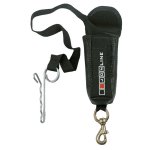
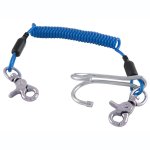
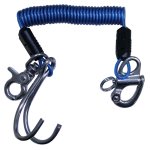



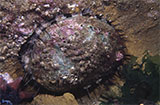
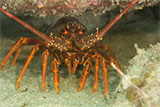





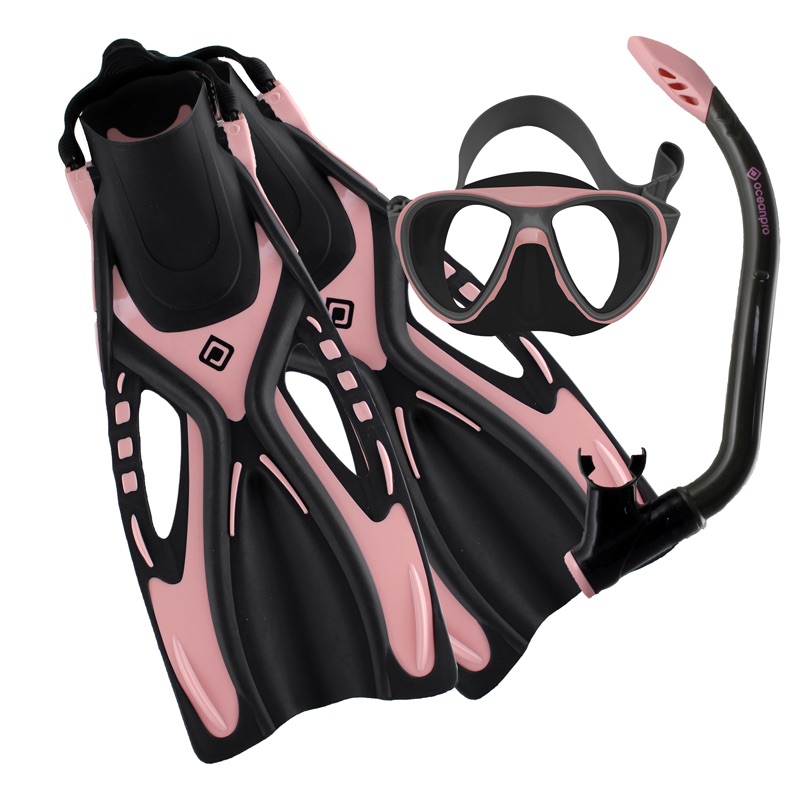



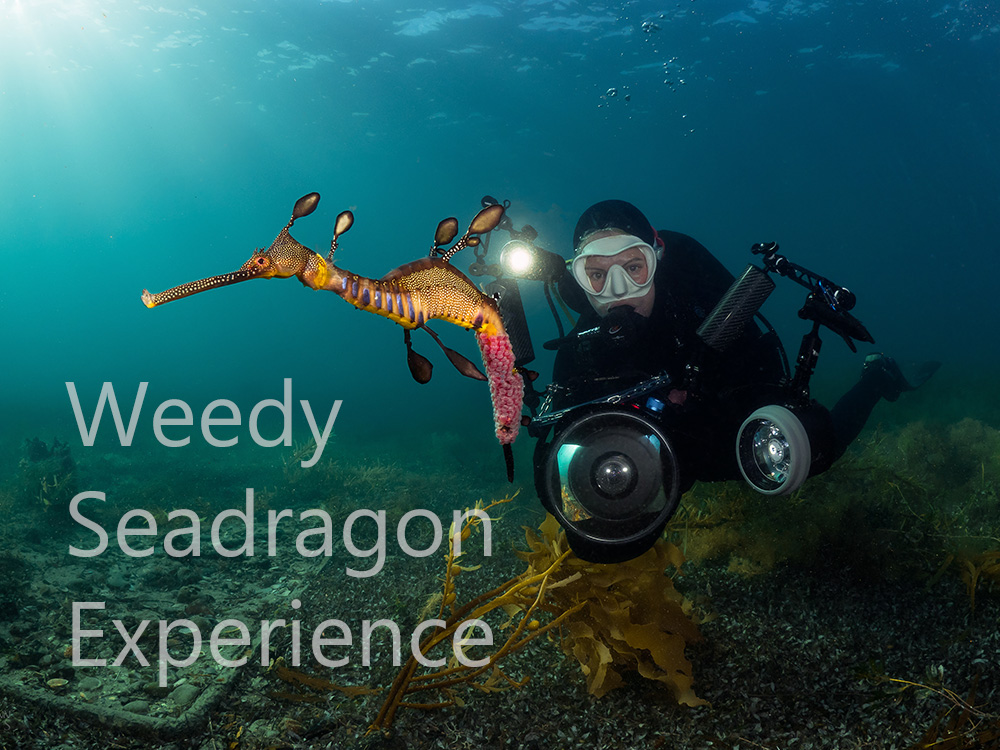



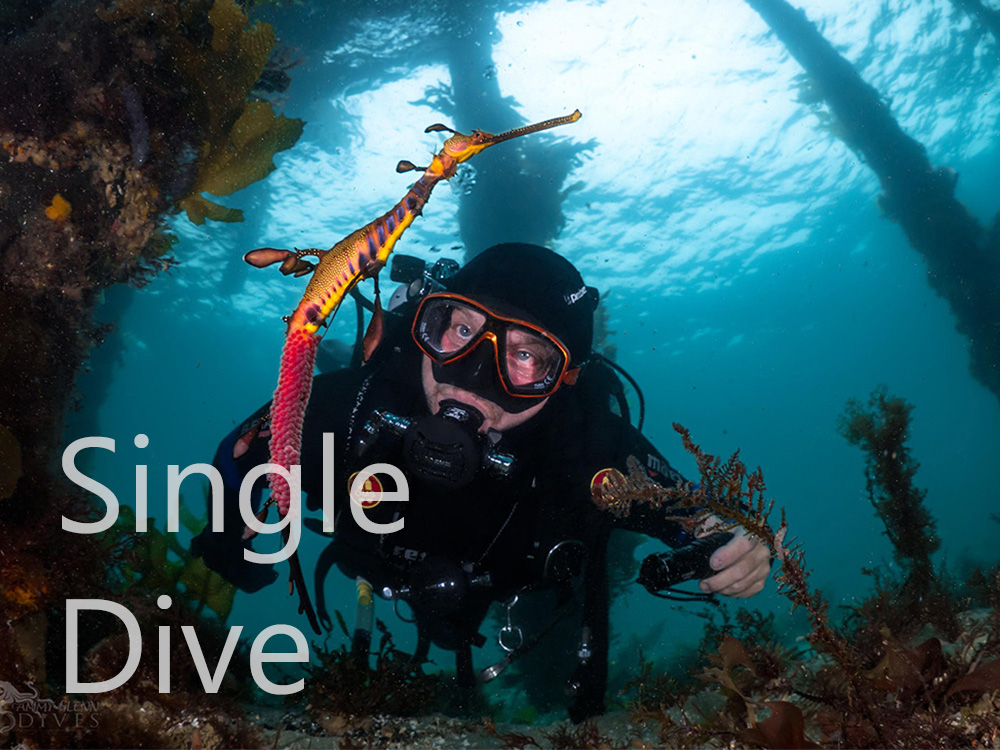


![Halcyon Infinity 30lb System [SS Small Backplate] Halcyon Infinity 30lb System [SS Small Backplate]](/diveshop/images/halcyon/Halcyon-Evolve-Wing.jpg)















































































































